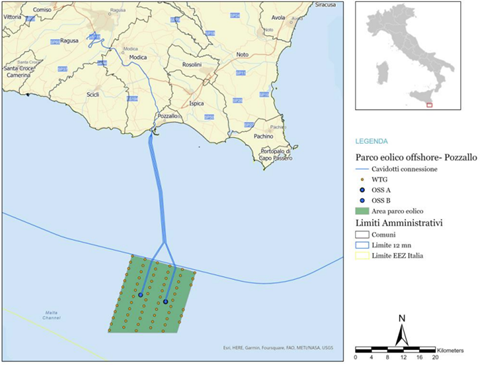Planck and Herschel belong to the scientific program of the ESA, and will be launched both together with an ARIANE 5 and later injected in the Second Lagrange Libration point (L2) of the Sun-Earth System. Planck is devoted to the confirmation and improvement of the theories of the origin of the universe by means of the analysis of anisotropies in the microwave background radiation. A complete an precise map of the celestial sphere in such radiation will be produced. Herschel is a scientific observatory with maximum accuracy and performance in the Infrared bandwidth,
Planck and Herschel belong to the scientific program of the ESA, and will be launched both together with an ARIANE 5 and later injected in the Second Lagrange Libration point (L2) of the Sun-Earth System. Planck is devoted to the confirmation and improvement of the theories of the origin of the universe by means of the analysis of anisotropies in the microwave background radiation. A complete an precise map of the celestial sphere in such radiation will be produced. Herschel is a scientific observatory with maximum accuracy and performance in the Infrared bandwidth, performing detailed observation of specific areas in the sky.
SENER shares with Dutch Space, the Design and Development of the Attitude and Orbit Control Subsystem (AOCS) of the two satellites (for TAS-I, TAS-F & ESA), SENER covering the following areas:
- Overall responsibility for the development and verification up to in-flight delivery of Planck AOCS.
- Planck AOCS design (architecture, modes, equipment, SW, …)
- Subcontracting and monitoring of HW equipment for the AOCS of both satellites: SAS, ADF & CRSA
- Specification and monitoring of the AOCS SW development for the Planck Specific part
- Integration and Complete Verification for Planck AOCS qualification
- Verification and qualification in test bench (HIL) of the AOCS of both satellites
- In flight commissioning and in flight acceptance of Planck AOCS system.
The Planck AOCS includes some innovative solutions for SPINNING SC like::
- Very small, frequent and accurate slews
- 3-axis Star-trackers for spinning SC(TDI based)
- Very demanding FDIR and safety conditions
- Autonomous on-board control, including maneuvers scheduling, calculation, execution and monitoring
The mission extended more than 2.5 times the nominal mission lifetime, and concluded on 23rd October 2013 with the final commands to switch off the transmitter chain. The spacecraft continues to orbit around the sun with an orbital period of roughly 392 days.
ESA (final customer) reported in its End of Mission Report: “The Attitude Control and Measurement Sub-system (ACMS) performed exceptionally well across the entire mission lifetime. […] It can be added that the implementation of the control logic was excellent, meeting all accuracy requirements, which was no small feat considering the dynamics of a slow spinning satellite.”



 About us
About us

























